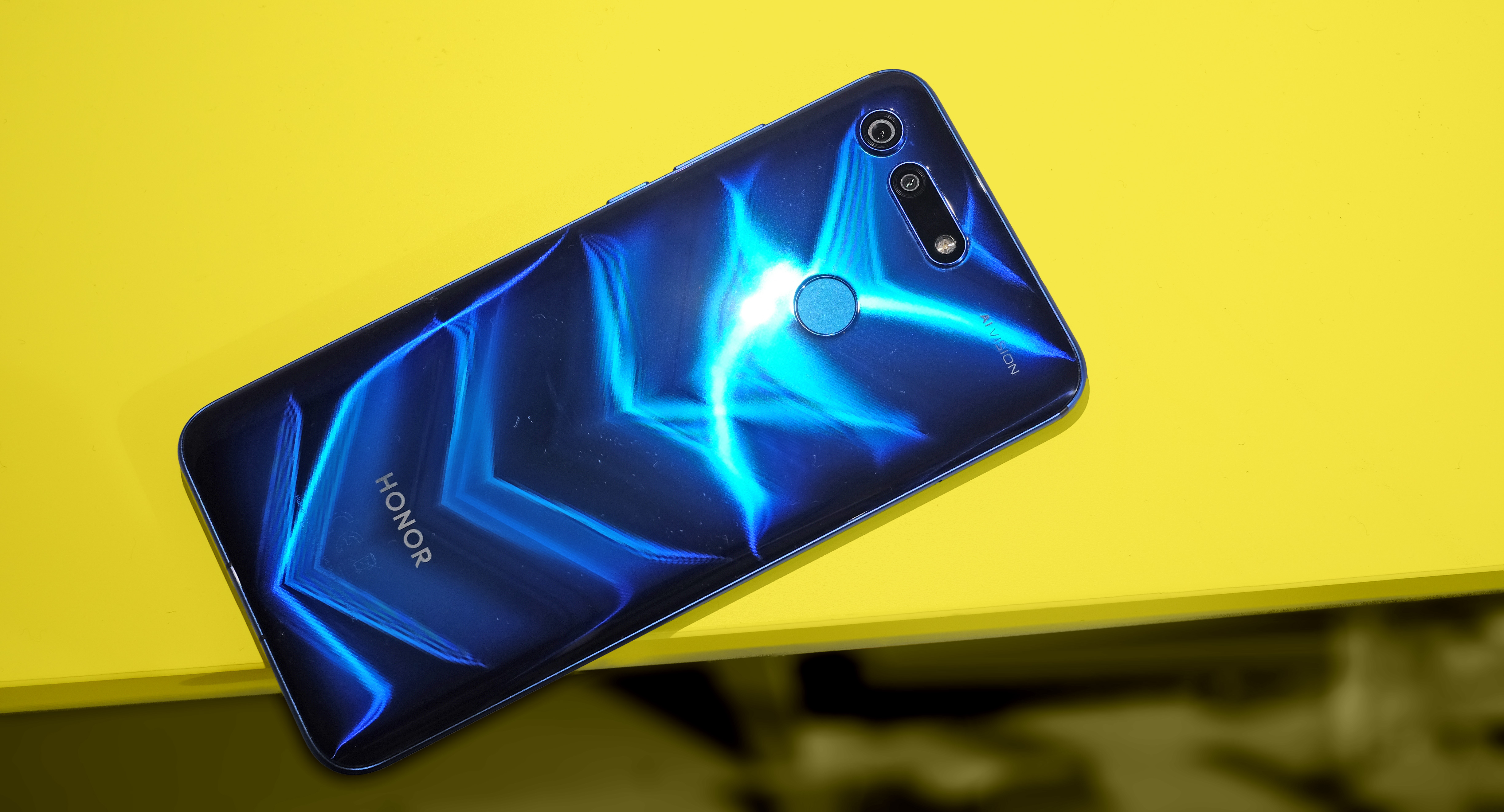Why you can trust TechRadar
Battery life
- 4,000mAh battery with excellent stamina
- Fast charging (1hr 12min for full charge)
- USB-C charge port
The Honor View 20 has a 4,000mAh battery and it provides among the best real-world stamina you can get from a higher-end phone. It outlasts the OnePlus 6T, the Samsung Galaxy Note 9 and Sony Xperia XZ3.
After a day of solid use, including several hours of podcast streaming, some social network idling and plenty of WhatsApp, the Honor View 20 regularly still has 40% charge left by the end of the day. This is excellent, and some of you may even be able to make the phone last two days.
The Honor View 20 is one of just a few review phones we haven’t always charged overnight, simply because it didn’t always seem necessary.
In our drag-race style standardized battery test, where we play a 90-minute video clip at full brightness, the View 20’s performance isn’t quite as remarkable. But it’s still good.
Over 90 minutes it loses 17%, far more than the 10% of the Huawei Mate 20 Pro. That their real-world stamina is actually quite comparable, at times perhaps even better in the View 20, suggests there’s a big difference in the efficiency of their displays.
That the Mate 20 Pro’s OLED screen uses less power at max brightness than an LCD is no great surprise.

The Honor View 20 uses Huawei’s SuperCharge tech for charging. This is a proprietary system that, like Oppo’s Vooc, increases both voltage and current to max-out charge speed.
Sign up for breaking news, reviews, opinion, top tech deals, and more.
From flat, it gets the Honor View 20 to 50% in 24 minutes. It reaches 70% in 36 minutes, 90% in 53 minutes. And a full charge takes 1 hour, 12 minutes. It’s pretty quick.
There’s no wireless charging, however. As this would likely see the price increase further, and possibly the phone’s thickness, we can live with this omission.
Camera
- 48MP IMX586 main camera
- 3D ToF depth camera
- 25MP selfie camera
If you're reading this in January or February 2019, the Honor View 20's camera array may seem odd. But its style is likely to become common during 2019.
It has two rear cameras. But the second is a ToF (time of flight) 3D camera rather than one that adds a zoomed or wide-angle view. As such, this is nothing like the Huawei Mate 20 Pro.
You can shoot 2x zoom images, but the very high-resolution 48MP Sony IMX586 sensor provides the information for these shots, not a lens with a 2x view. The secondary camera is used for depth information in photos, and for AR apps and games.
We've already seen a ToF camera, in the Oppo RX17 Pro. But as the Honor View 20 has Android 9.0, and therefore in theory proper ARCore support, it should be much more useful here. In theory.
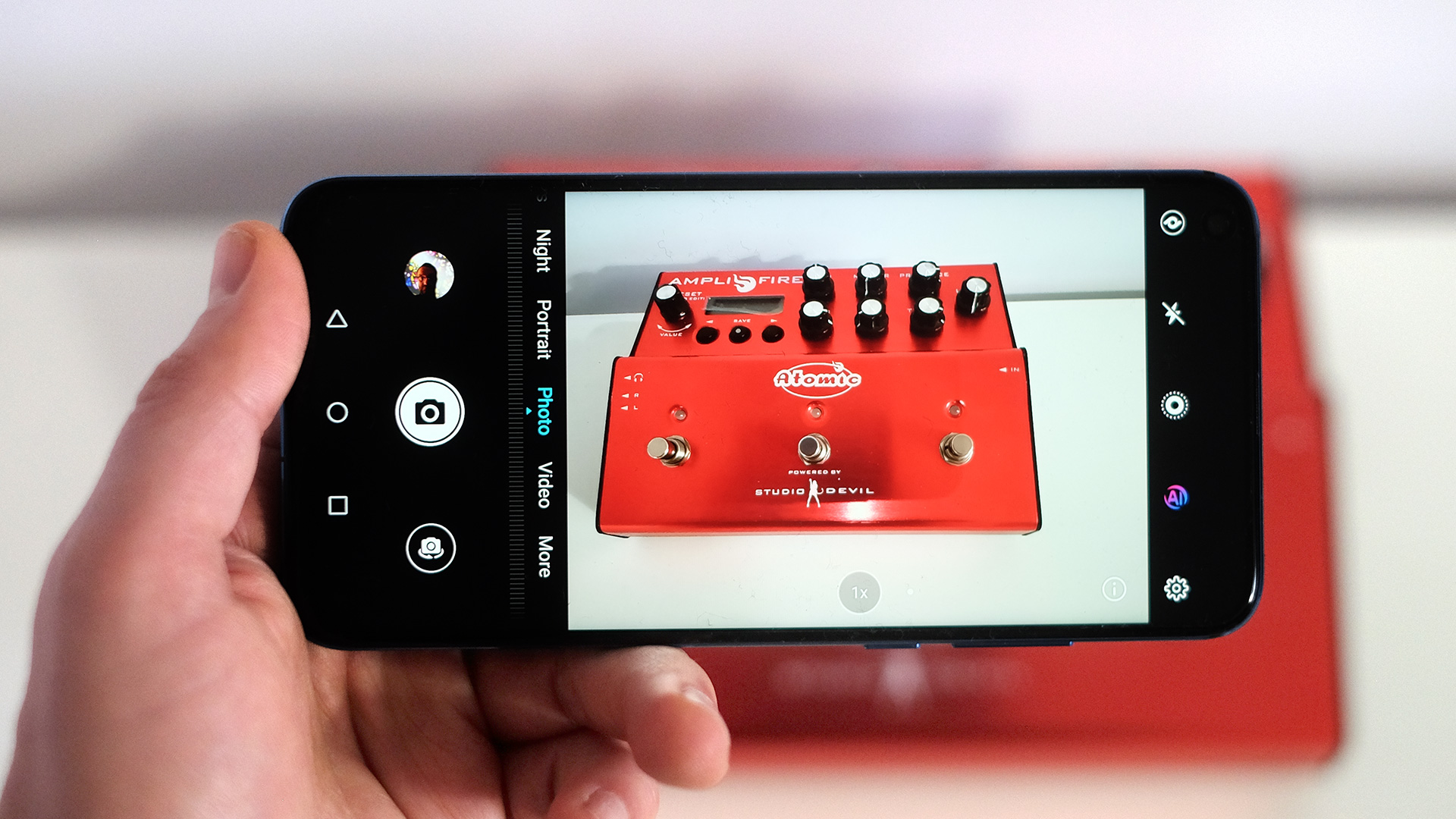
In practice, the Honor View 20 still does not support Google's ARCore app. And when we tried to run (everyone’s favorite AR app) Doll’s House Designer, it crashed. Other ARCore apps prompt you to install the latest version of ARCore. Again, the View 20 is listed as not compatible when you attempt to do so.
A ToF camera may be incredible for AR, but at this point we have no idea if this is the case. Let’s hope it’s fixed before too long. This may well be Google’s fault rather than Honor’s, though.
Where Honor has more control, the main camera, it does excellent work. For the real phone camera nerds, there’s a lot to dig into.
Just shoot casually without digging into the Honor View 20’s camera app menus and it takes 12MP images rather than native 48MP ones. As such (and we’re likely simplifying a bit here), each pixel in the final image is informed by four pixels on the camera sensor itself.
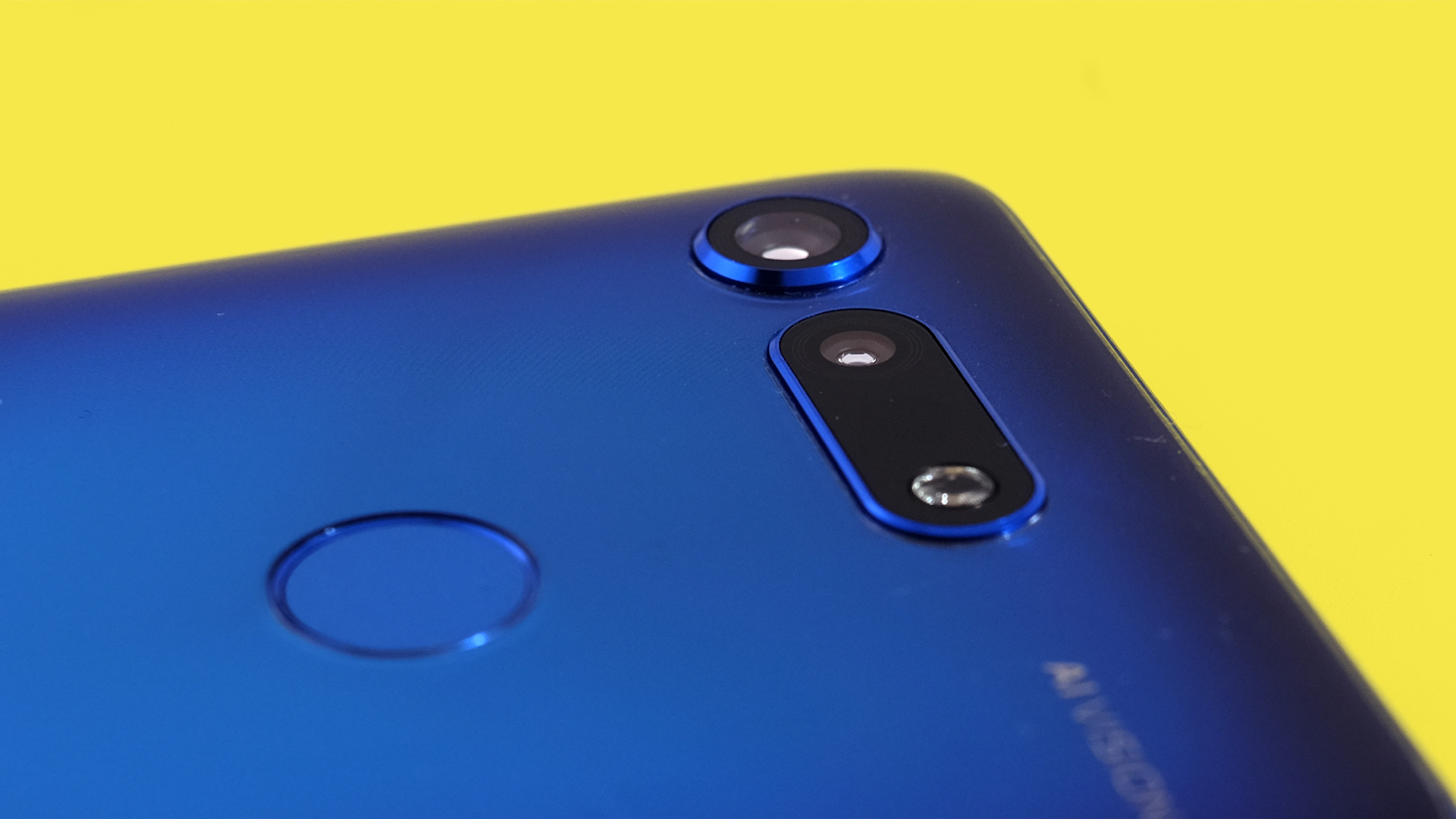
This is known as pixel binning, and the Sony IMX586 is made with this process is mind as its sensor pixels are only 0.8 microns across. The Google Pixel 3 XL, for example, has 1.4-micron sensor pixels. The bigger these are, the more sensitive they become. More surface area means more light-harvesting potential.
All the best bits of Huawei/Honor’s camera fundamentals are here. The Honor View 20 is extremely good at optimizing dynamic range, making images clear even when the sun blares at you, right in the center of the image.
These scenes are hard enough to make out with your eyes, but Honor manages to retain at least some mid-tone detail. The processing pushes at the limits of the sensor, just as it should.
The Honor View 20 also has an AI scene mode, which attempts to recognize the subject and alter the settings to suit. In recent phones this has often caused a wholesale oversaturation of color. But here the effect seems much less pronounced, often affecting shadows and mid-tones more than color.
As a result, AI images have a more natural look than those of some older Huawei/Honor models. The AI mode also seems to use slightly more intense image noise reduction, to keep granularity and noise at a minimum.
Switching between 12MP and full 48MP capture shows quite how much the Honor View 20 is led by processing rather than camera hardware, though. There’s not a huge disparity in captured detail between the two. You have to dig down to the level at which the lower-res shots devolve into obvious pixelation to appreciate the benefits of standard 48MP shooting.
This is because, unlike the classic Nokia 808 PureView, when shooting at the full sensor resolution Honor is still intent on outputting a clean, ready to roll JPEG image. At launch the View 20 does not, surprisingly, have RAW image capture. RAWs are images as the sensor sees them, before noise reduction has been applied.
The way to get images with less intense-looking processing is, oddly enough, to use one of the Honor View 20’s most intensively AI or processing-enhanced modes. It’s called 48MP AI Clarity. This takes a few seconds, and merges a bunch of shots to attempt to bring out more of that high-megapixel detail.

It works, and by looking close you can see how. 48MP AI Clarity uses multi-frame merging and lighter touch noise reduction than usual to make a usable image. You’ll see more granularity in these images, and sometimes more blown highlights, but there’s a lot more detail down at pixel level than in a standard 48MP shot.
It’s a good mode to use if you want to take a holiday shot that will stand up to being printed out in large format for your wall. The existence of this mode also suggests a RAW from this sensor would probably look a little rough.
There’s a multi-exposure mode for night shooting too. It’s very similar to the super night mode introduced in the Huawei P20 Pro. You have to hold the phone still-ish for a few seconds to get the shot, but in return you’ll see remarkable clarity and dynamic range, if not quite class-leading detail.
The Honor View 20 can even take great night shots without this slower mode. Take night shots in the standard mode and you’ll actually get slightly better detail, but worse dynamic range. And they’re much quicker to take. With either mode, the phone’s low light performance is solid for the price, and considering it does not appear to have optical stabilization.
Of course, the Honor View 20 does miss out on a lot of the goodies of the Huawei Mate 20 Pro. There’s no ultra-wide view, and while the 2x zoom is effective, it uses the excess of pixels in the main sensor rather than a 2x lens.
There are lots of other modes too, mind. Portrait blurs out the background when taking pictures of people, and lets you replace the background with other visual effects. Aperture mode offers background blur for other shots.
This isn’t the best Huawei/Honor phone around for image blur, making us wonder how much these modes use the 3D camera. Too many of the wrong bits end up blurred for our liking.
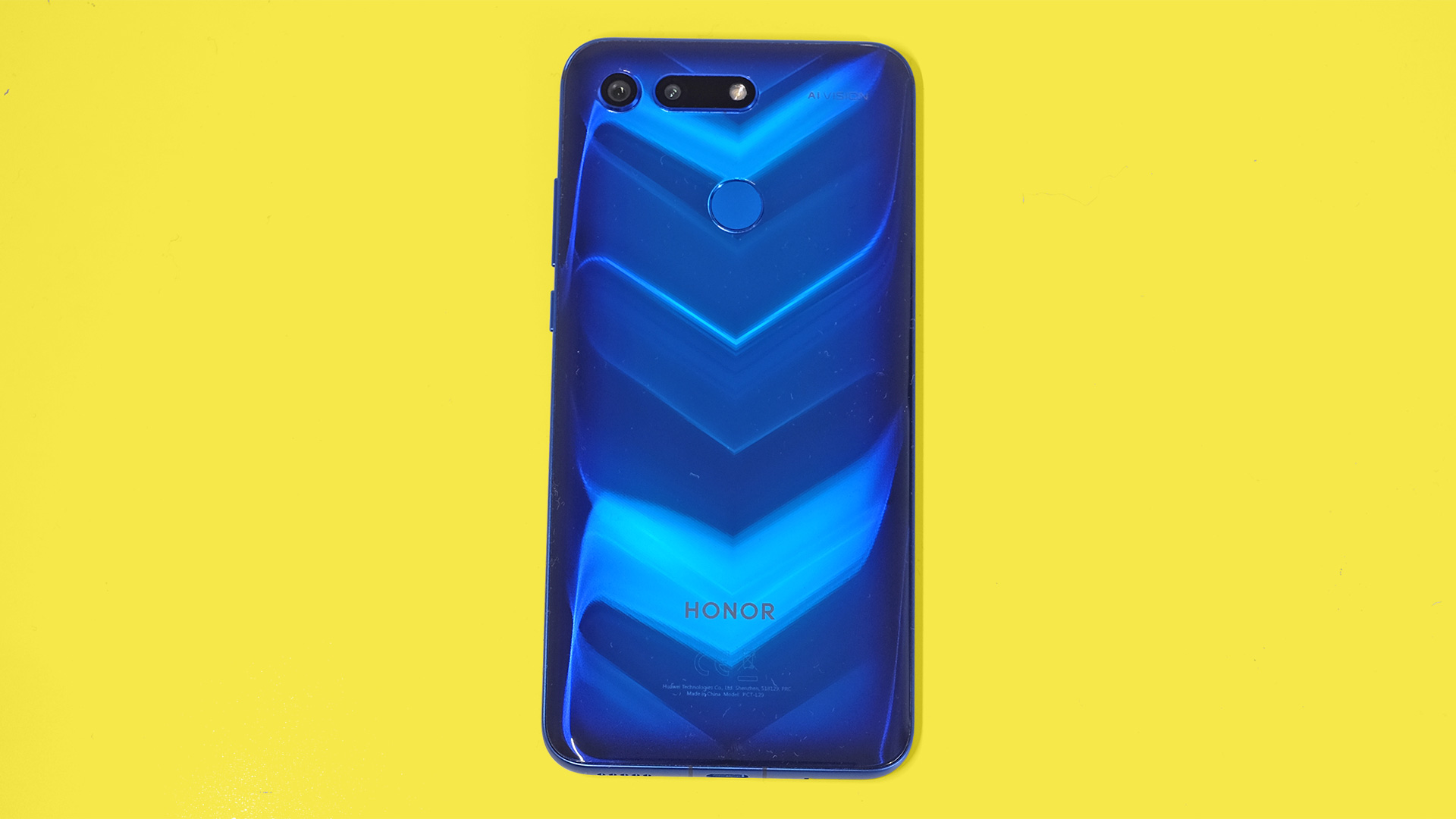
Video is very impressive too, though. You can shoot video at up to 1080p at 60fps or 4K 30fps. And both of these use very solid software-based stabilization to counteract handshake. Some mid-range phones at a similar price don’t have proper stabilization at 4K, making the mode redundant for a lot of scenarios. Well, if you care about your footage looking decent, anyway.
There’s also great slo-mo versatility. You can shoot at 120fps, 240fps and 960fps. That last one slows down motion 32x, capturing at 720p. And because poorly captured 960fps can be one of the most boring things ever made by humans to watch, there’s an Auto mode that captures footage when it senses motion in a pre-determined spot on the display.
The Honor View 20 has quite possibly the best camera you can get at the price right now. This is in part because Honor is first off the blocks to have a go at using Sony’s new ultra-high res hardware. But it also benefits from much of the camera processing development work put into phones like the Huawei Mate 20 Pro and P20 Pro.
After all that fanfare, the front 25MP camera seems a bit more ordinary. Well, other than that it is the first of its kind, using hardware that sits behind a transparent circle in the display.
Selfie quality is good, and it handles low light conditions well, presumably using a similar pixel-binning technique as the main camera. However, it does not wow like the Pixel 3 XL’s selfie cameras.
The one major issue with the Honor View 20's camera is something entirely fixable. A few times the app has glitched, pausing for a while, refusing to respond to attempts to switch modes. It smells like a simple launch bug, and the app is otherwise solid, so we haven’t penalized the phone too much for it.
Camera samples





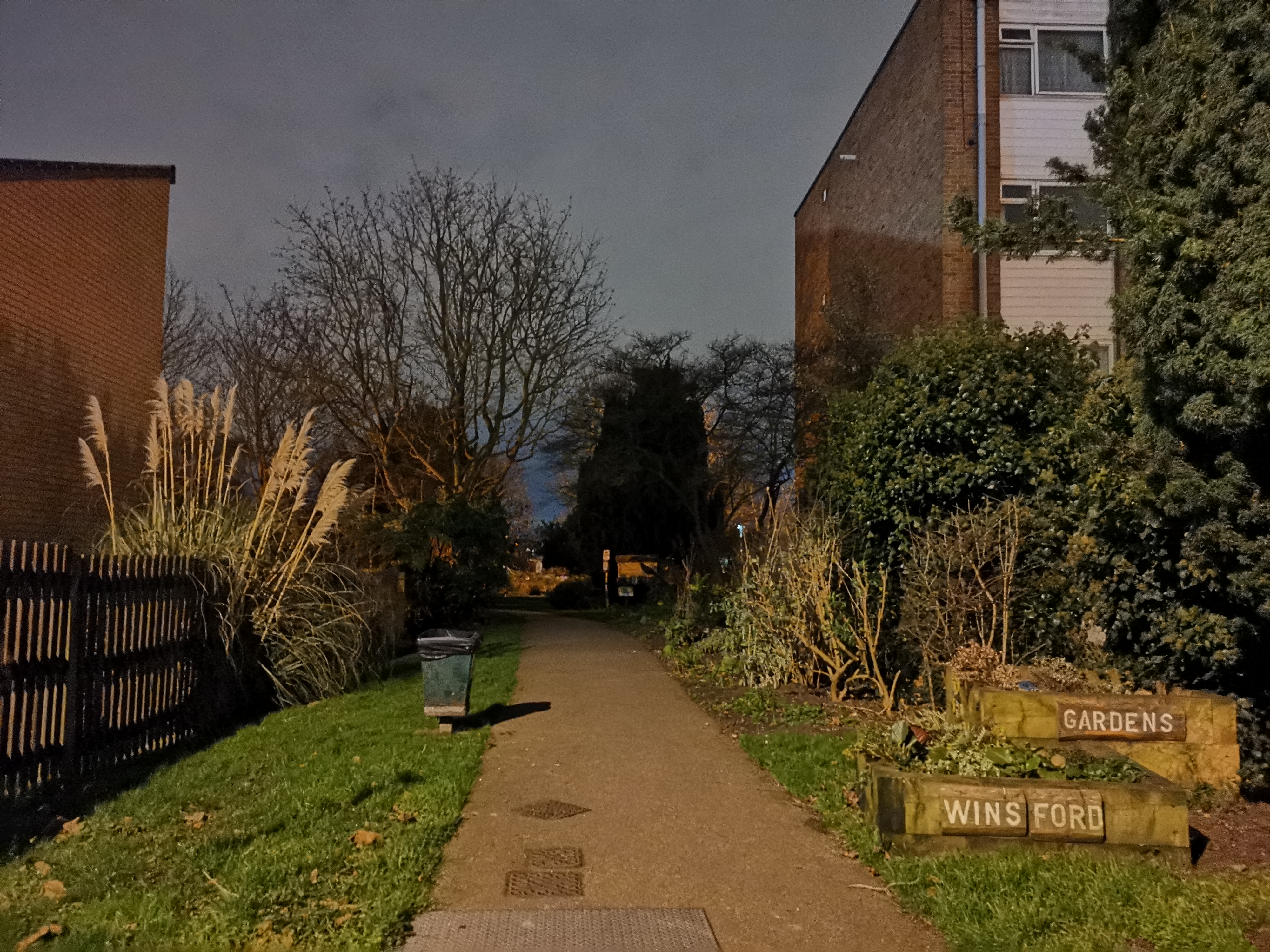

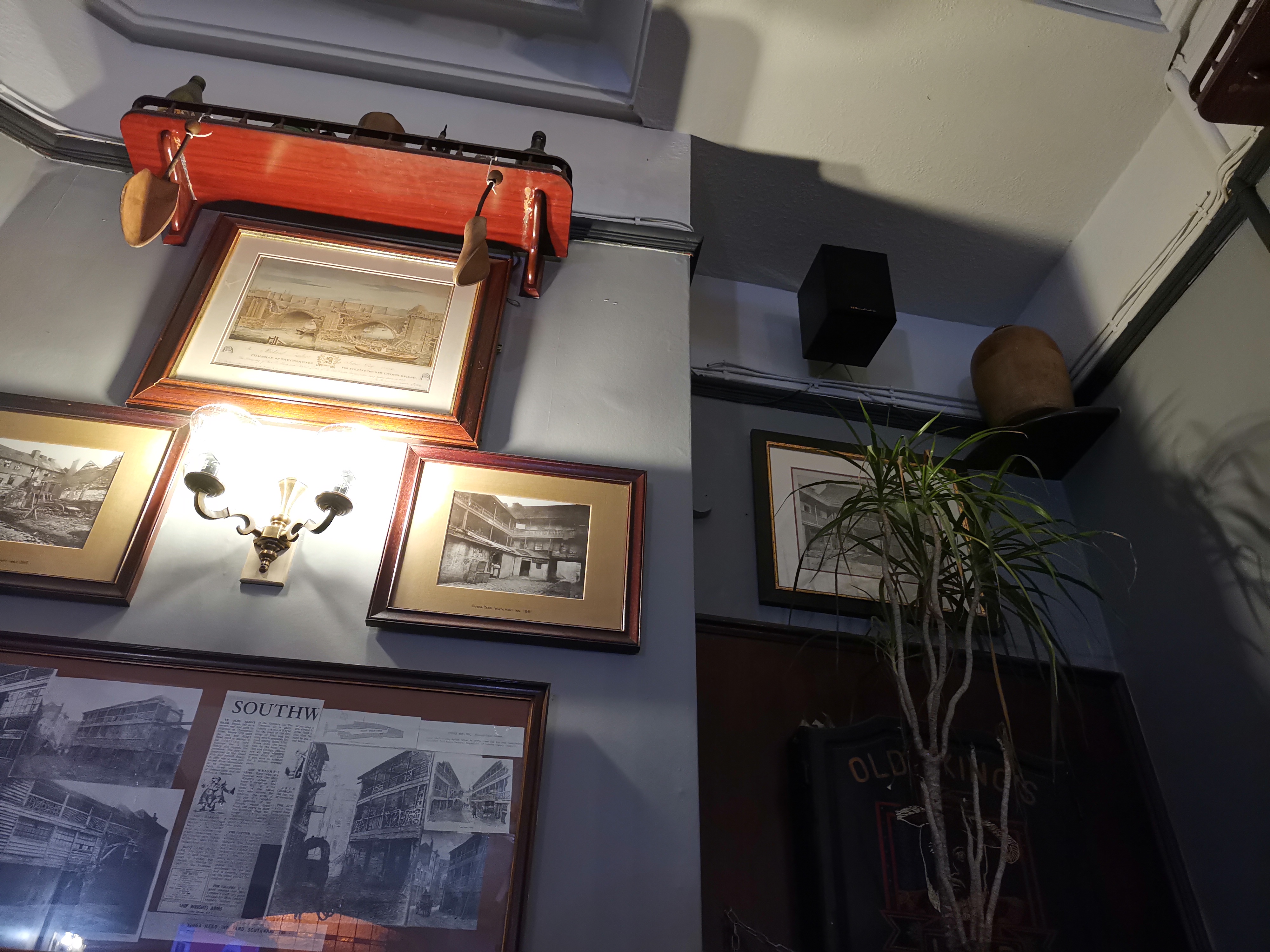







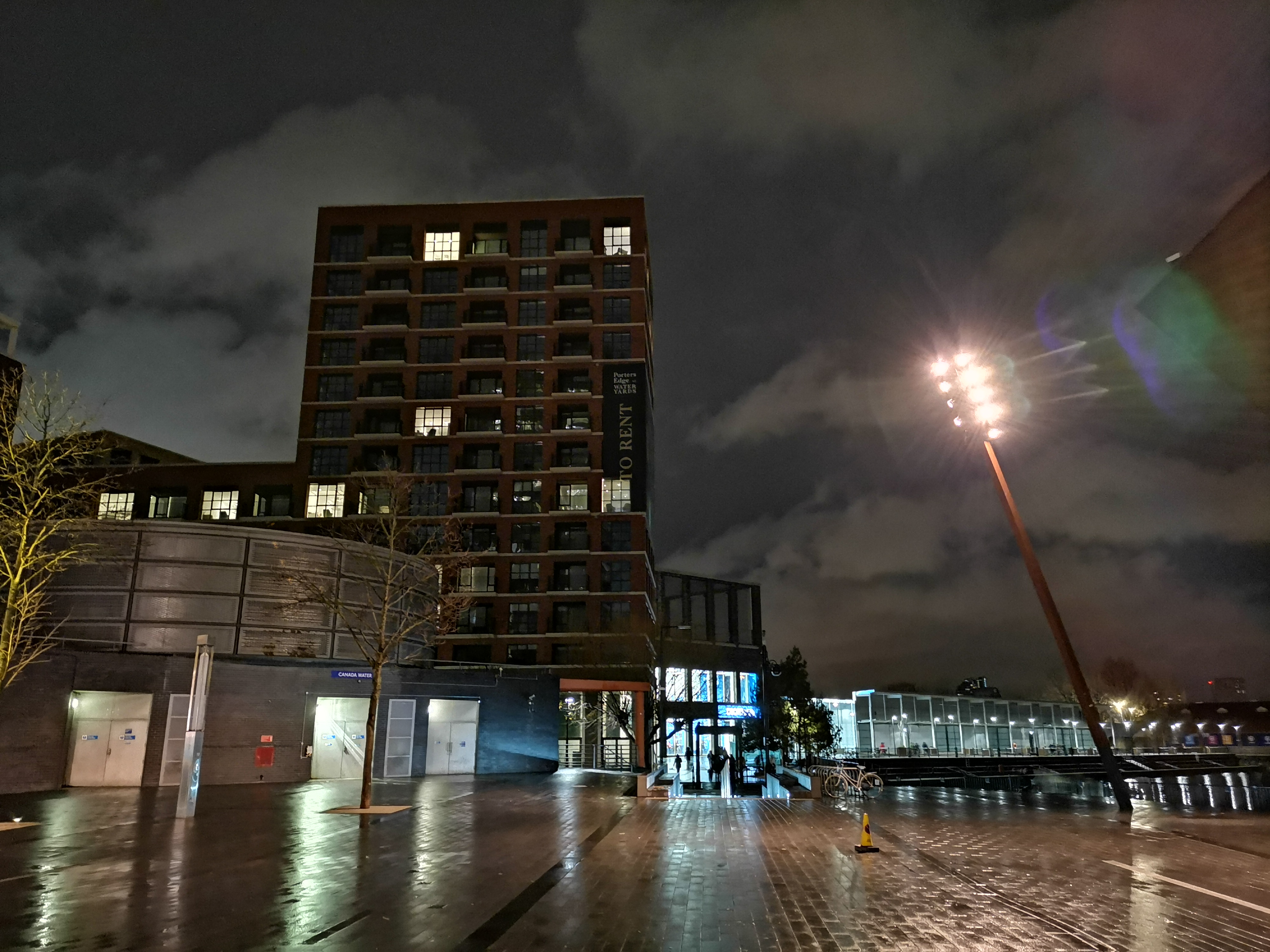
Current page: Battery life and camera
Prev Page Introduction, key features and design Next Page Anything else I should know?
Andrew is a freelance journalist and has been writing and editing for some of the UK's top tech and lifestyle publications including TrustedReviews, Stuff, T3, TechRadar, Lifehacker and others.
